We could call them the good, the bad and the ugly! No, we are not talking of spaghetti westerns and the famous 1966 film directed by Sergio Leone. Instead, we are talking about a type of fat called lipids. Often we speak badly about them, but some are essential to our health as they reduce chronic inflammation, help lower “bad” cholesterol – LDL – and are a valuable aid in the prevention of cardiovascular disease. Others, however, are harmful and should be avoided.
Good lipids activate genes that burn calories, increase metabolism and improve insulin activity. Bad ones have the opposite effect.
The group of good lipids are part of the omega-3 polyunsaturated fatty acids: they are powerful anti-inflammatory agents and are found in salmon, mackerel, sardines, flax and walnuts. Monounsaturated fats lower cholesterol and sugar levels in the blood, and are found in olive oil, almonds, Brazil nuts, cashews, avocado and in sesame seeds.
Some saturated fats also belong to the good fats. In abundance they are not good for us, especially fats from cheese and meat, but a small amount, for example from coconut milk, can be useful to the body thanks to the lauric acid that is important for our central nervous system. Finally, some of the omega-6 polyunsaturated fatty acids can produce anti-inflammatory substances. You should try to eat only small doses from unrefined sources, that is to say from not overly industrially processed food, such as scold-pressed sesame, sunflower and walnut oil.
The second group of “bad” fats include all the other omega-6 fatty acids: they are polyunsaturated refined and cold-pressed fats in vegetable oils. Arachidonic acid, found in milk, its derivatives and in red meat also form part of this group. Other saturated fatty acids are also harmful, these are often found in beef, chicken, cheese, milk and dairy products. Contrary to what you might think, eggs contain very little fat.
Even some synthetic fats have a negative effect on the metabolism because they are industrially produced through hydrogenation, a process in which hydrogen is added to a vegetable oil to turn it into a solid product. This includes margarine for example, but these fats are used in bakery products as well such as in crackers, cookies, snacks and in fried and processed food. Excessive consumption of these “bad” fats reduces the health of the heart and blood vessels and can increase the risk of cancer.
Filippo Ongaro





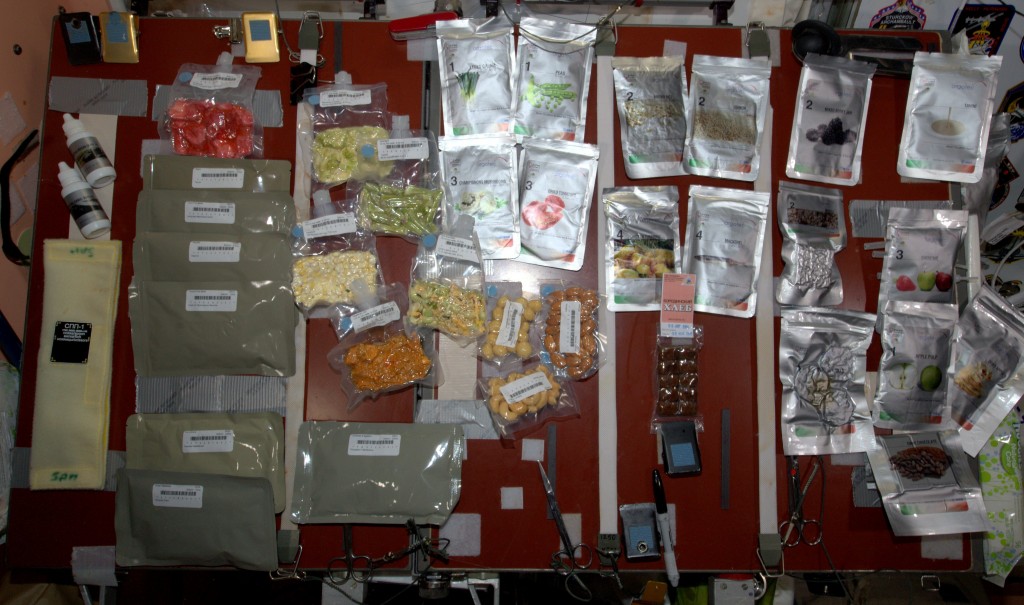
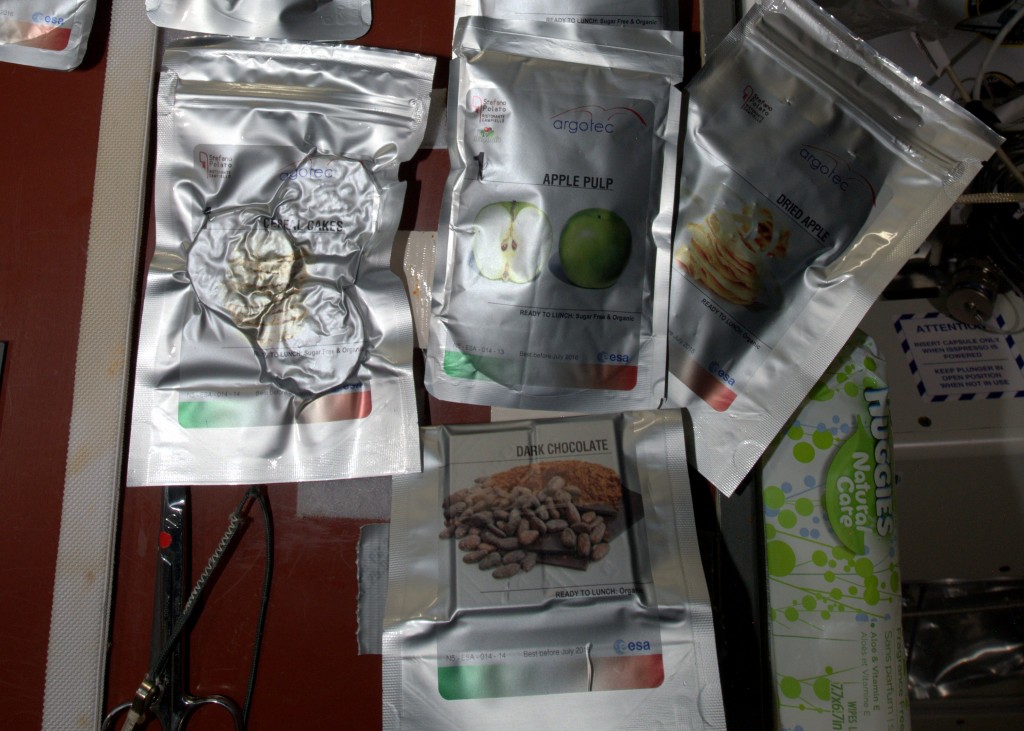
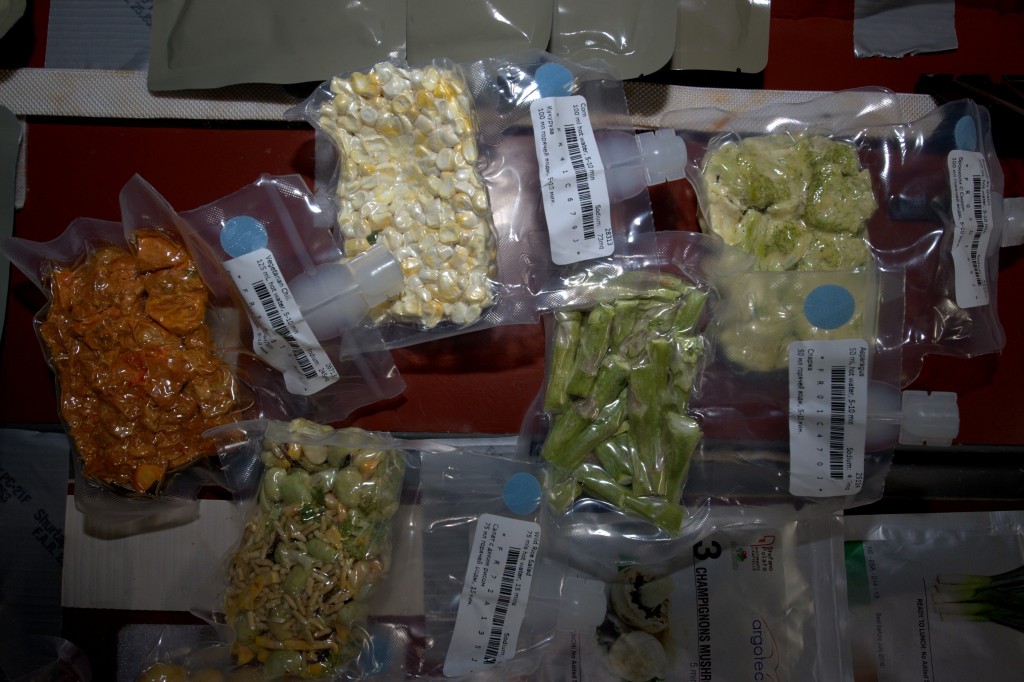
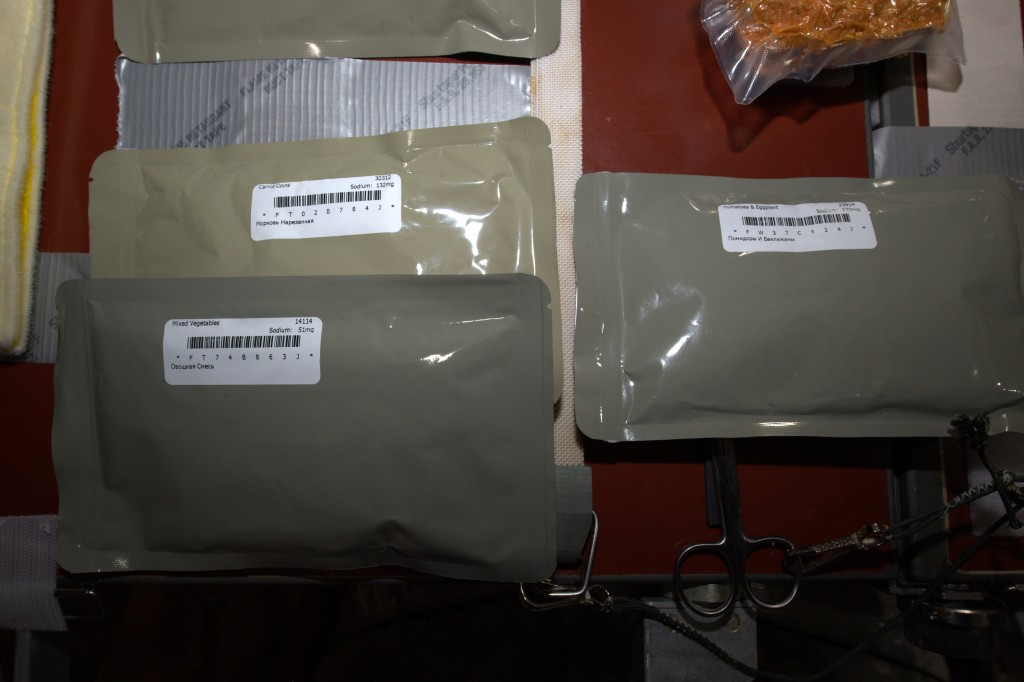
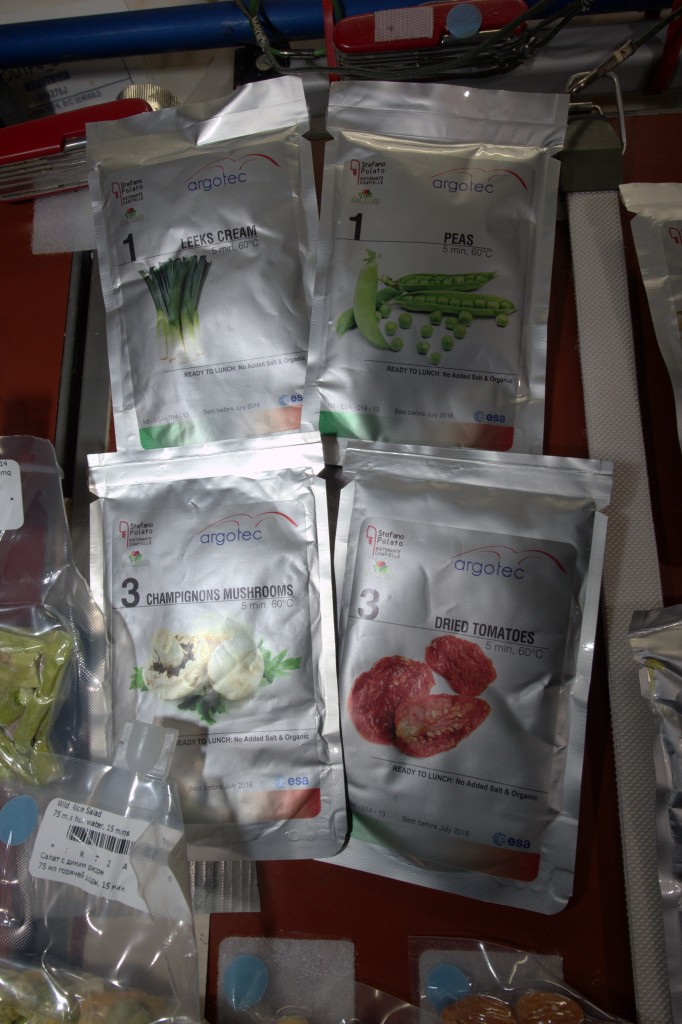
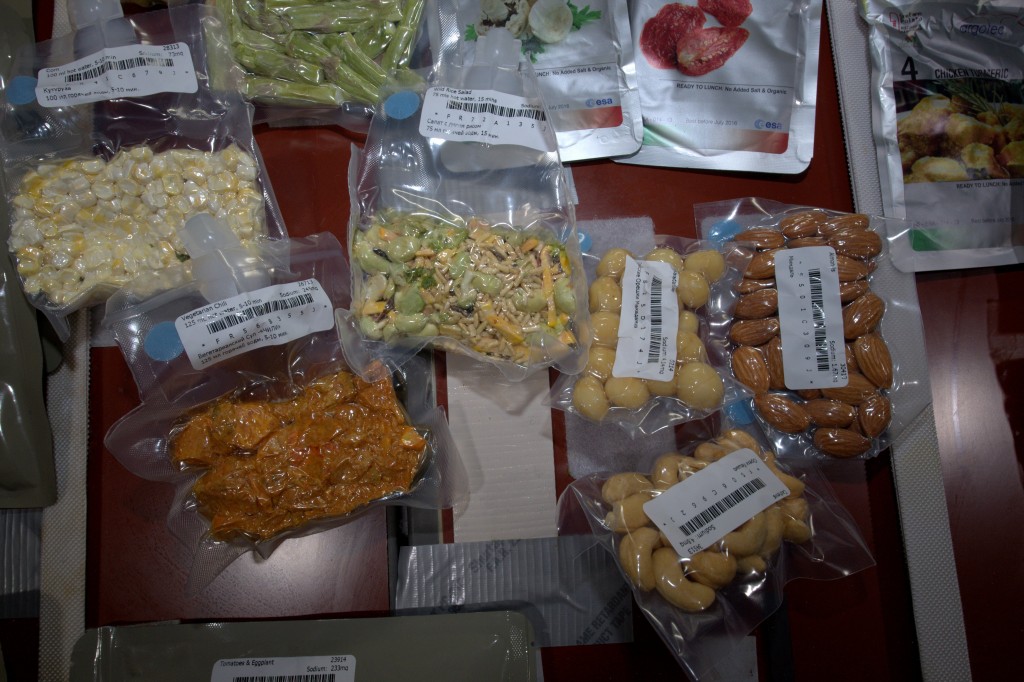
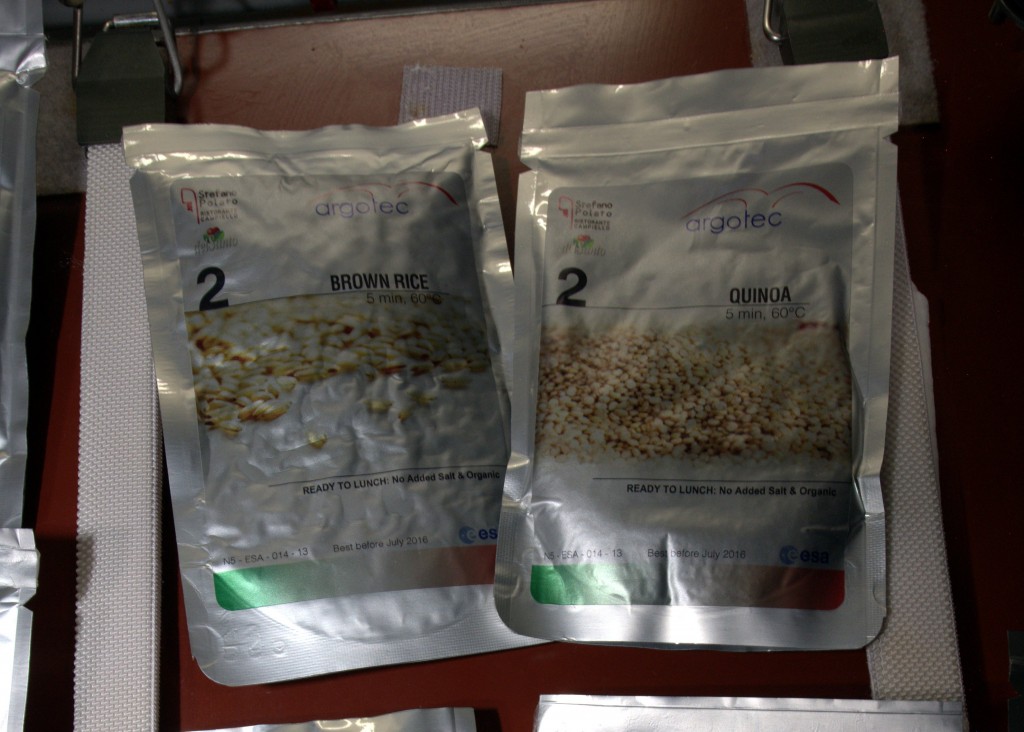

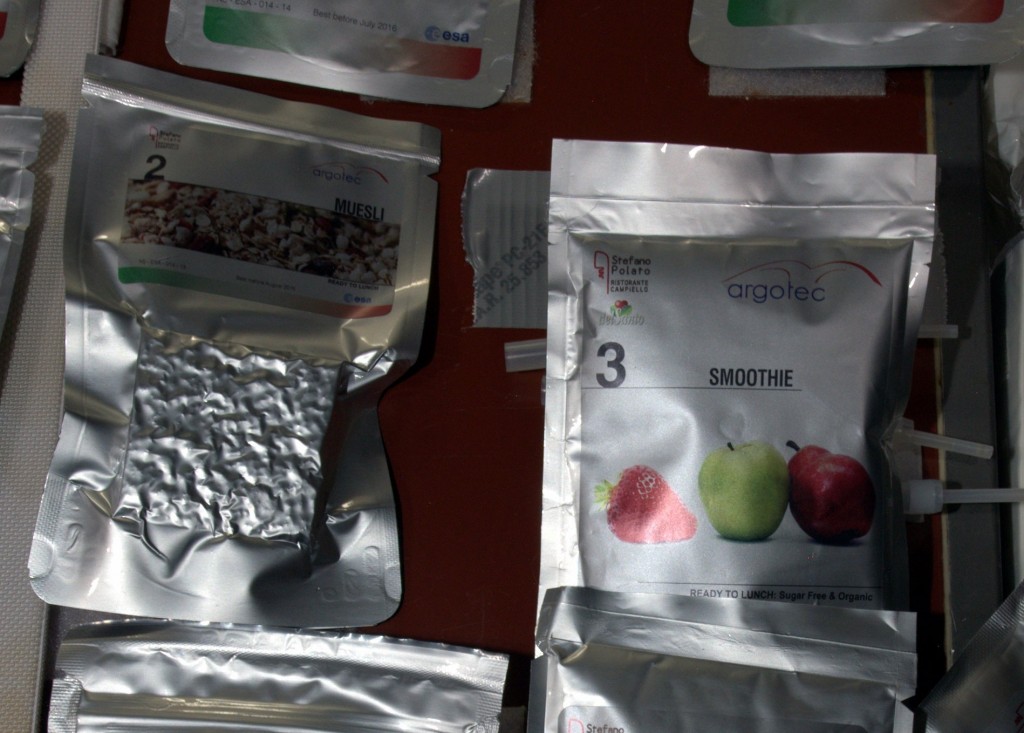
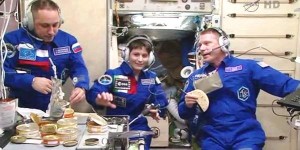 What the characters in the Hitchhikers Guide of the Galaxy are experiencing in the book is not a common experience for earthlings: when we sit at our table at a restaurant the dish of the day certainly does not come to greet us!
What the characters in the Hitchhikers Guide of the Galaxy are experiencing in the book is not a common experience for earthlings: when we sit at our table at a restaurant the dish of the day certainly does not come to greet us!